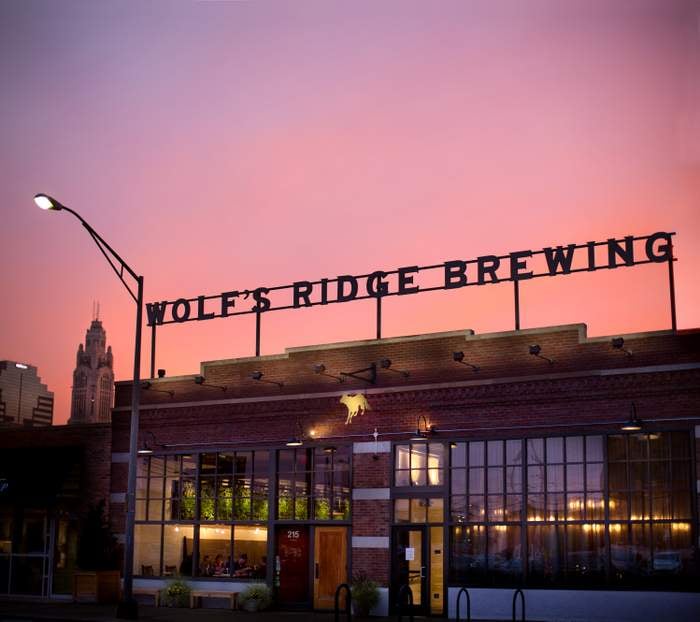
Food waste is a pandemic problem in modern society. Americans lead the world in food waste, throwing out 63 million tons of food each year. A third of all the food we produce is going to waste, and over 90 percent of wasted food in the U.S. ends up in landfills.
To paint the picture of how damaging this can be for the earth, consider this: when food breaks down and doesn’t have access to oxygen, it releases methane. Methane is 25 times more powerful as a greenhouse gas than carbon dioxide. Municipal solid waste landfills are the third-largest source of human-related methane emissions in the United States, accounting for approximately 14.1 percent of these emissions in 2017.
Now, consider the stages of your food. Food is grown, picked, processed, shipped, and then finally presented to the consumer in a supermarket or a restaurant. Waste is happening at every link in the chain of food production, from farming and manufacturing to selling and consuming.
Millennials and Gen Z are now a majority of the consumer population with 90 percent of Gen Z consumers believing companies must drive action on social and environmental issues, and 81 percent of Millennials expecting companies to make a commitment to good citizenship. Couple those figures with the looming waste problem in the food and beverage industry, and it’s easy to see why sustainable practices can be good for business.
So where should brewpubs start?
Identifying the root of the problem
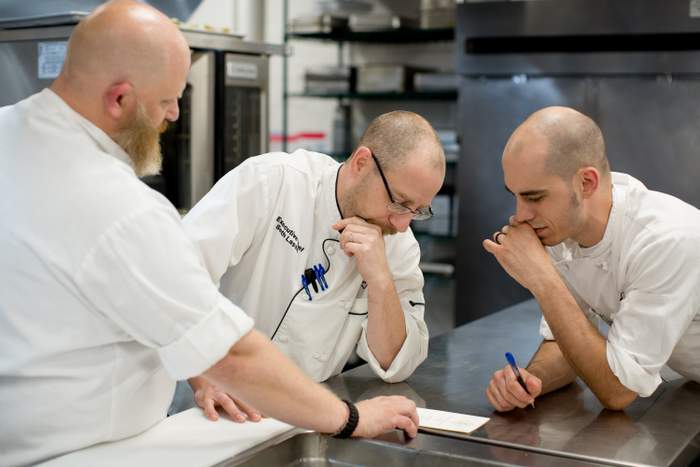
Waste is a result of poor planning, inefficient systems, and unpredictable factors that can result in capital loss and poor perception in the marketplace. By taking inventory of the waste your organization produces and making incremental changes to combat the issue of waste, you’ll be doing something that benefits humanity and the planet.
With consumer-facing businesses like restaurants and supermarkets, food waste tends to be a result of overbuying, lack of recycling infrastructure, oversized portions, and a surplus of food scraps in the kitchen. This sector pulls in a staggering 25 million pounds of food waste each year.
When we start to analyze how we produce and supply food and beverages critically, we can identify opportunities to cut wasted product and money.
Identifying the solutions
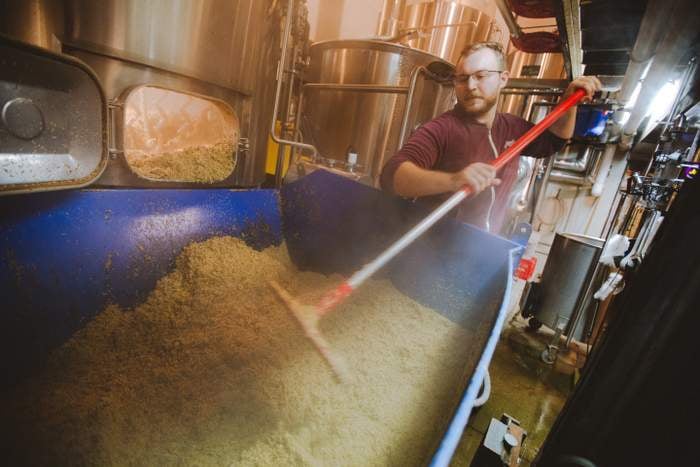
The EPA developed a useful tool designed to help people prevent and divert waste, The Food Recovery Hierarchy. The triangular diagram divides into five horizontal groups, each representing a different management strategy for your wasted food in descending order.
It helps to prioritize actions organizations can take to prevent and divert wasted food. The top levels of the hierarchy are the best ways to prevent and divert wasted food, creating the most benefits for the environment, society, and the economy. But depending on your organization and the type of byproducts, you may start at different steps in the diagram.
‘Waste nothing, use everything”, is not new in the culinary world. Sourcing products that yield many uses and creating menus with brews and plates that leave room for strategic and creative applications is an excellent way to formulate source reduction in the pre-consumer stage of production.
Sustainability in action
Repurposing food products
When it comes to food, rather than ordering individual parts of the animal, Wolf’s Ridge orders whole ducks and chickens on a bi-weekly basis. They’re butchered in-house, and whatever remains aren’t used for various dishes in the Dining Room, Taproom, or event space become vital ingredients in stocks and sauces along with any excess vegetable scraps. That, along with precise planning, accurate inventory, and proper food storage habits, can help any brew pub practice more sustainably.
A few specific tactics of repurposing food include:
- Turning bread ends into breadcrumbs
- Morphing spent grain into spent grain crackers or partnering with local farms to repurpose the spent grain
- Creating hot sauce out of tomato and pepper scraps
Making use of spent grain
Using waste to feed animals can be a productive relationship, particularly in the brewing world. Spent grain constitutes as much as 85% of a brewery’s total by-product. This high-protein, high-fiber product is perfect for farmers to feed to hungry cows, chickens, pigs, or other pasture-raised animals.
Typically, local farmers will pick up the spent grain and take that task off brewers’ plates if the grain is given to them at little to no cost. At Wolf’s Ridge Brewing, we’ve been able to offset over 350 tons of organic byproduct over six years thanks to a friendly farmer named Skip who stops by the brewery twice a week to haul away the spent grain.
Thinking outside the box
Sometimes successful sustainable practices take a bit of creativity. Industrial uses on the EPA’s pyramid refers to turning waste into fuel. With food scraps, bacteria slowly breaking down the organic matter results in methane, which can be captured and used as fuel. While having an anaerobic digestor on-site may not be feasible, there may be a more practical option worth searching for in your community.
There are a growing number of people converting their car’s diesel engines to run on vegetable oil. At Wolf’s Ridge, excess oil produced by our fryers turned out to be the perfect amount for our neighbor to leverage for fuel. This recycles around 16 gallons of used fryer oil every week to power his two vehicles, totaling up to about 5,000 gallons of fryer oil offset over six years.
An efficient business needs efficient repurposing and waste hauling practices. While composting and recycling are productive options, it is far more expensive than conventional landfill hauling. Conducting a local audit for how your brewery’s waste can be repurposed is where you should start. Not only will this save propel your profit margins, but it will make you a socially responsible operation in the eyes of consumers.
About Wolf’s Ridge Brewing and Erika Roth
Established in 2013 by Alan and Bob Szuter, Wolf’s Ridge Brewing is a brewery and destination eatery in Columbus, Ohio. Wolf’s Ridge Brewing has grown into one of Columbus’ premier dining and drinking destinations, winning numerous local and national awards for their food and drink programs.
Erika Roth has worked at Wolf’s Ridge Brewing for five years as the In-House Designer. In 2019, she added Sustainability Ambassador to her role and was charged with finding ways for Wolf’s Ridge Brewing to lower its carbon footprint and eliminate waste. Erika and Wolf’s Ridge Brewing are continuously refining and adjusting their sustainability efforts.

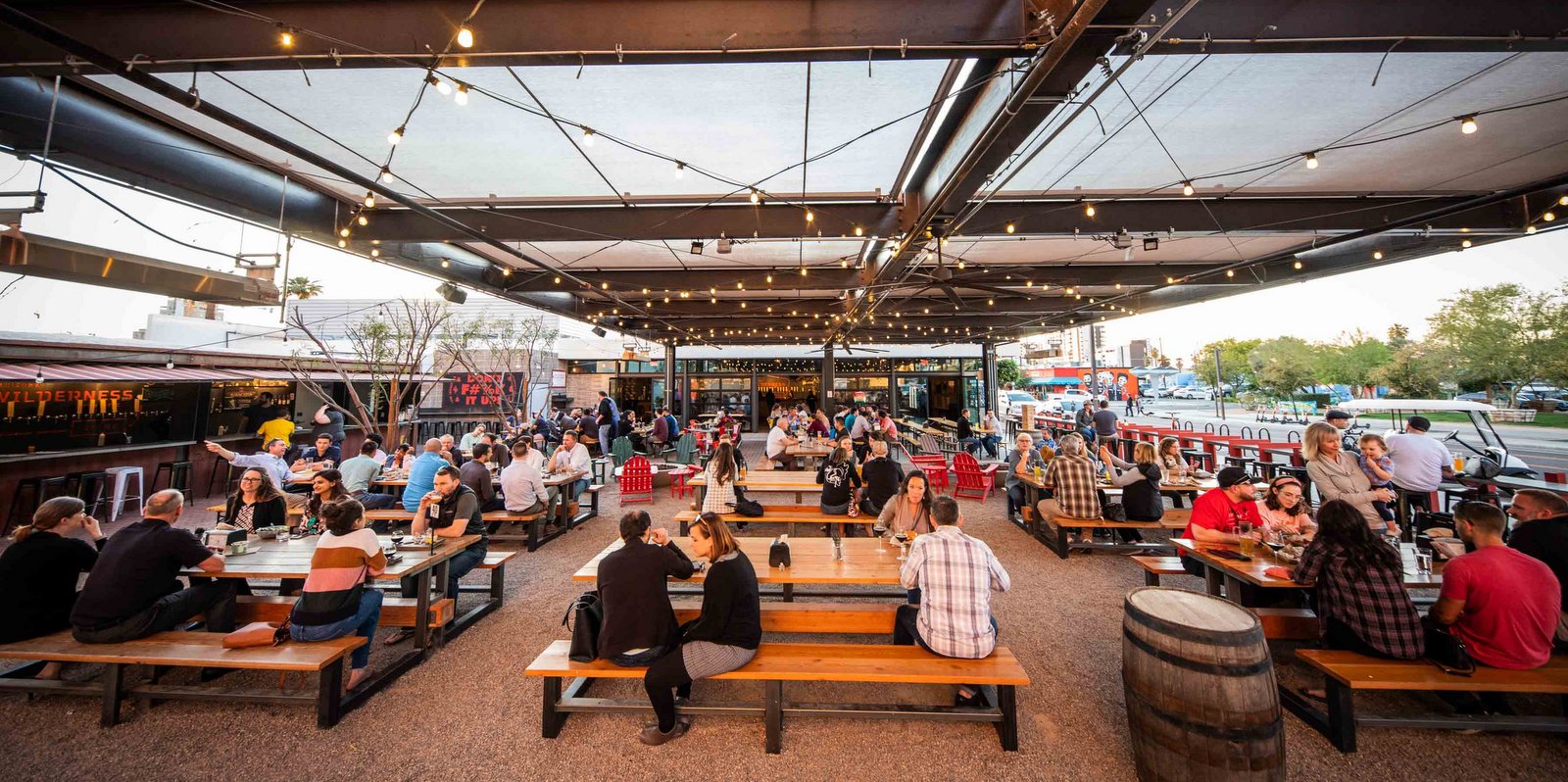
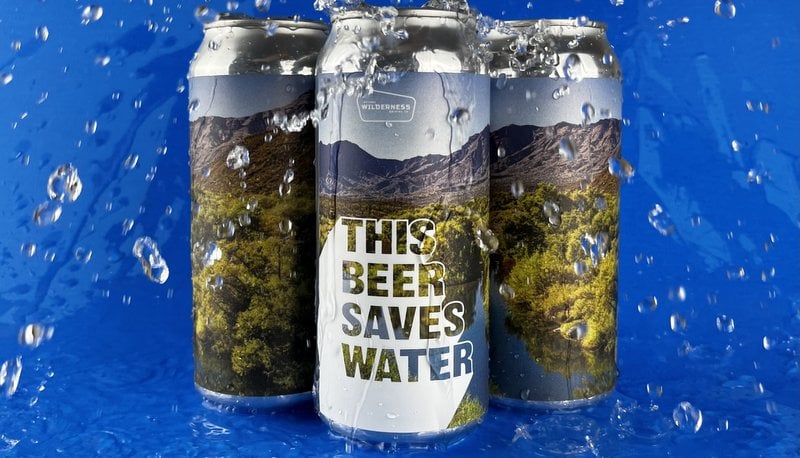
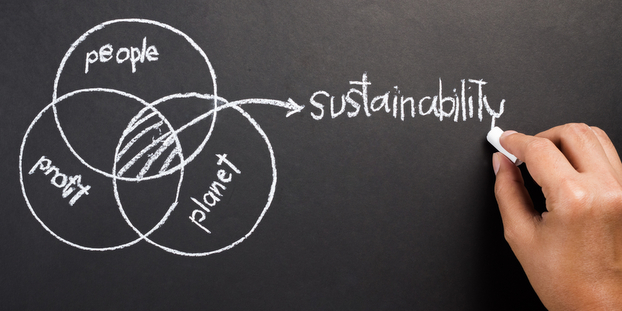

Leave a Reply
You must be logged in to post a comment.